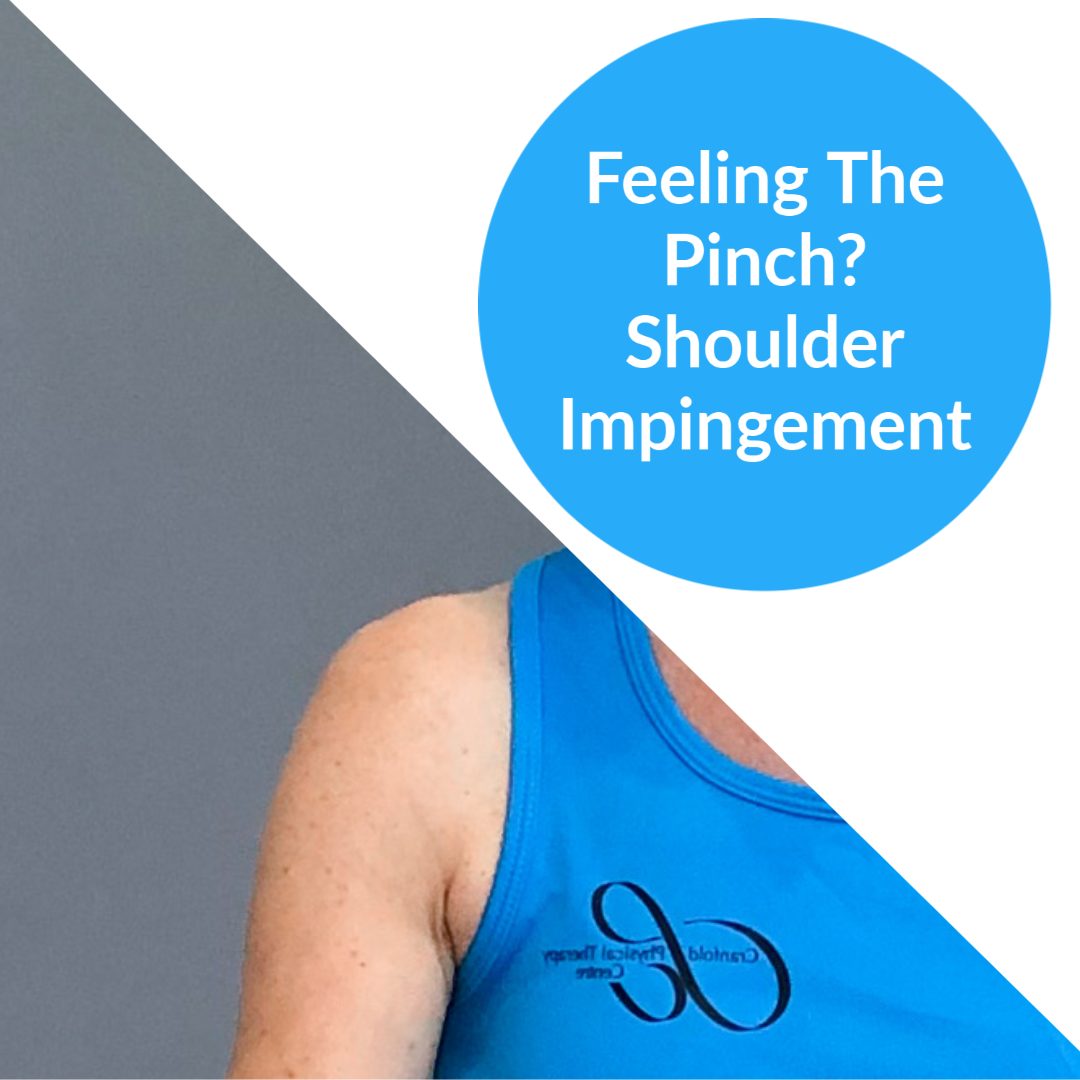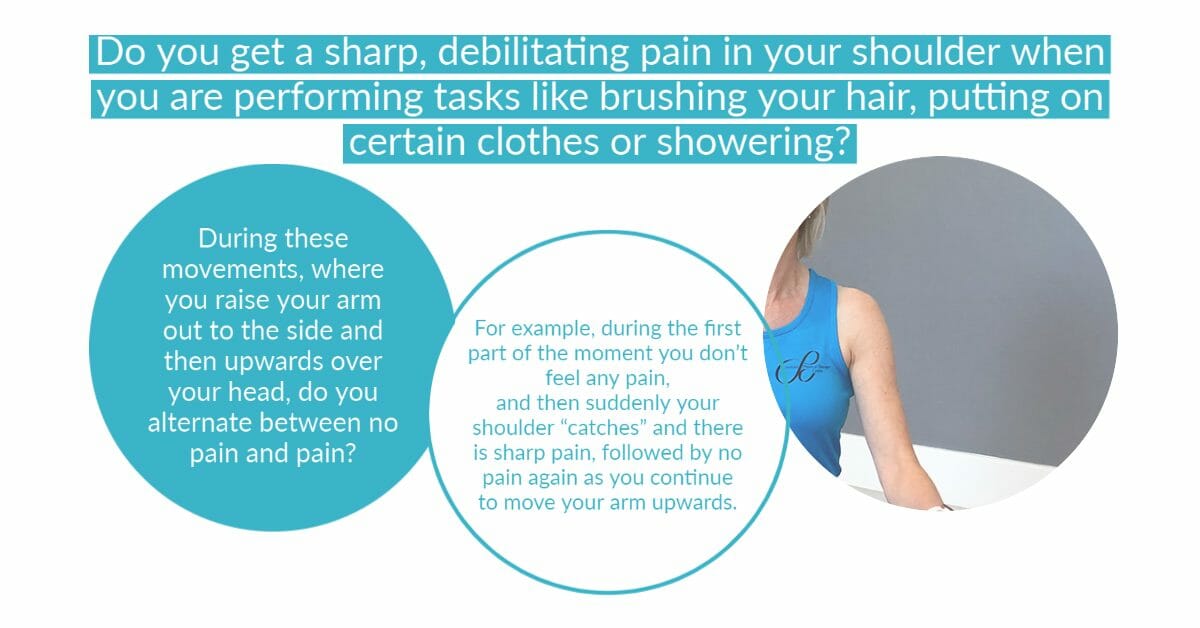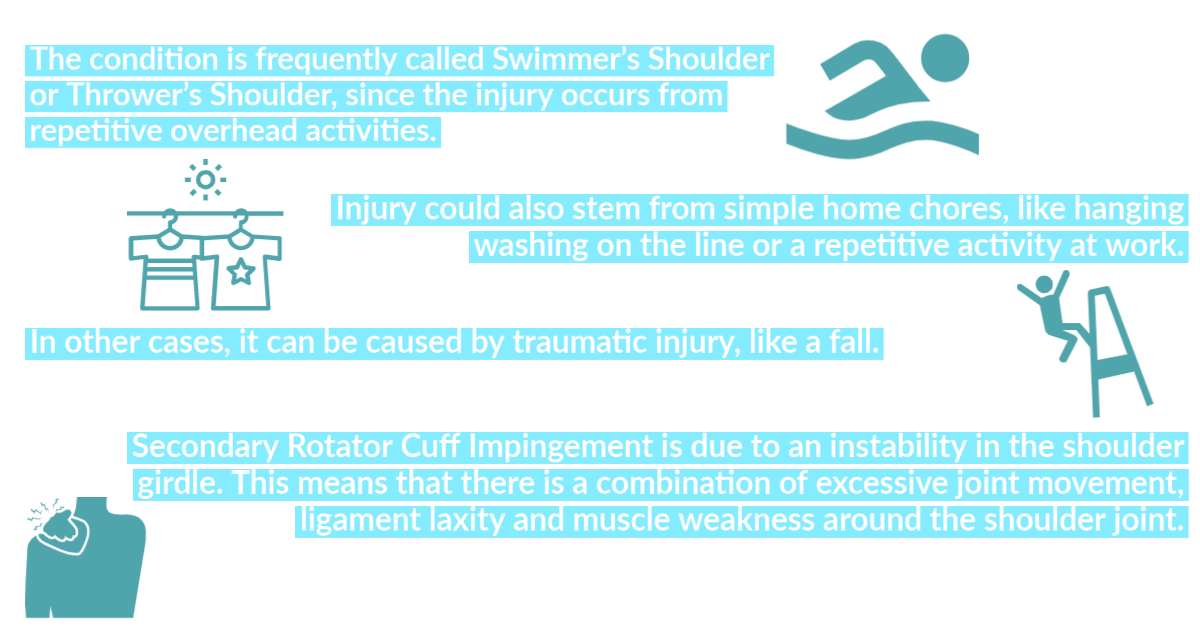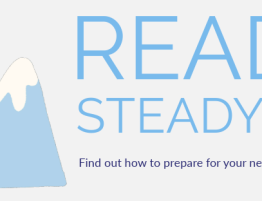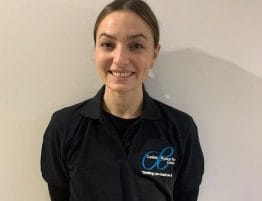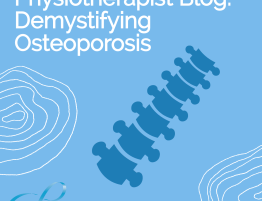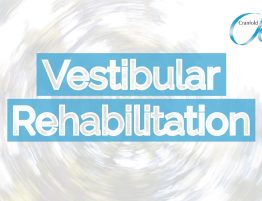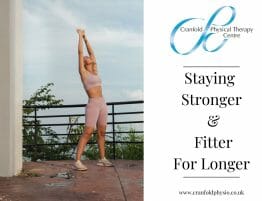
These are all signs of a condition called Shoulder Impingement Syndrome (SIS), where the tendons of the rotator cuff muscles that stabilise your shoulder get trapped as they pass through the shoulder joint in a narrow bony space called the sub-acromial space.
Impingement means to impact or encroach on bone, and repeated pinching and irritation of these tendons and the bursa (the padding under the shoulder bone) can lead to injury and pain.
Some Facts & Stats


The Causes & How To Solve Them

Other causes can include weakening of the rotator cuff tendons due to overuse, for example in throwing and swimming, or muscle imbalances between the shoulder muscles. In summary, impingement usually occurs over time due to repetitive overhead activity, trauma, previous injury, poor posture or inactivity.
Over time pain can cause further dysfunction by altering your shoulder movement patterns which may lead to a frozen shoulder. For this reason, it is vitally important that shoulder impingement syndrome is rested and treated as soon as possible to avoid longer term damage and joint deterioration.
What Does Treatment Involve

The early stages of treatment will involve manual therapy, including massage to relieve pain and release tight structures as well as mobilization techniques to restore normal shoulder movement.
Strapping/taping has been shown to be helpful in reducing pain as well as ultrasound and laser therapy. As you move through the other stages of treatment your therapist will prescribe rehabilitation exercises specific to your shoulder, posture, sport and/or work demands.
Corticosteroid injections can be useful in the initial pain relieving stage if conservative (non-surgical) methods fail to reduce the pain and inflammation.
It is important to note that once your pain settles, it is important to assess your strength, flexibility, neck and thoracic spine involvement to ensure that your shoulder impingement does not return once your injection has worn off.
Free Stretching Guides (& bonus Cranfold Physio stretch video)
Click on each of the images below to access each stage of rehabilitation exercises.




Click the play button above to watch and join in with Glen as he guides you through some useful Neck, Shoulder and Upper back stretches.
Click the Image Below to Book in with a Physio or Massage Therapist

